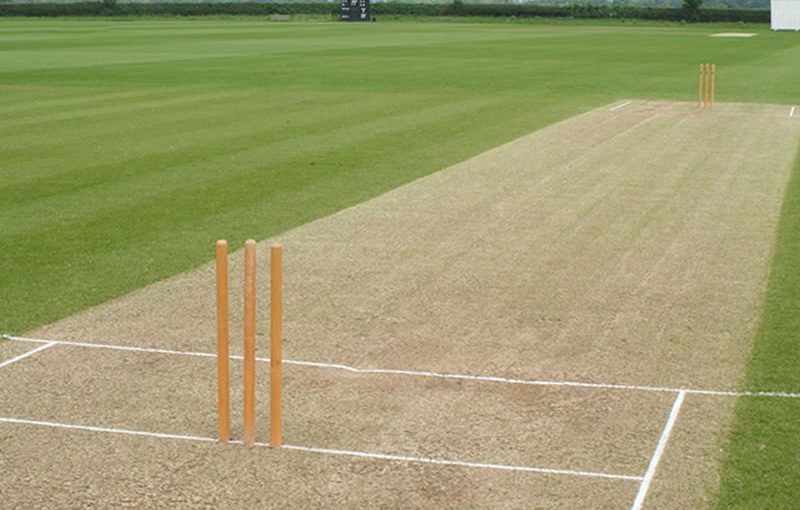Are you able to breathe life into a used, mistreated cricket wicket?
www.artificialgrassmaintenance.co.uk is certainly one site that is loaded with lots of up to date information on cricket pitch maintenance equipment.
Every cricketer appreciates, the caliber of the wicket may have a significant influence on how the ball behaves. Wickets which are irregular or pitted might cause the cricket ball to bounce inconsistently, wickets that are quite hard will make the cricket ball bounce higher and very quickly, whereas pitches which are covered in grass is going to minimise the amount that a spin bowler is capable of turning the ball.
To be able to standardise the playing surface and give a wicket you can use in most conditions, a great number of leisure centres, training centers and cricket clubs use synthetic cricket wickets. Although artificial wickets are much more hard wearing than organic pitches, they also need regular routine maintenance to ensure they are in pristine condition. Fortunately, even old, mistreated pitches can be brought back to life with a little Tender loving care and the most suitable treatment solution.
Synthetic Cricket Wickets
Artificial wickets are usually installed on either a dynamic (stone) or non-dynamic (macadam or concrete) base. The surface of the wicket itself is made from excellent quality short pile carpet which is either hardwood edged and nailed or nailed directly into the aggregate. Shock pads are also fitted underneath the surface of the pitch to guarantee the cricket ball bounces perfectly and also that the artificial pitch responds exactly the same way to the ball each time, no matter what the weather.
Maintaining A Synthetic Pitch
Like many manufactured surfaces, artificial cricket cricket wickets should be carefully maintained if they’re to offer the very best playing surface all year long. It is recommended that anyone using an artificial cricket pitch should really make use of an annual deep clean schedule, level the batting area continuously and use one or more chemical treatment plan every six months.
Even with regular repairs and maintenance, cricket wickets can easily deteriorate eventually, shock pads can harden and surface areas can become uneven. When you notice that the bounce of the ball has started to become uneven or that the wicket is looking tired and worn, it could be the perfect time to give your synthetic pitch a face lift.
